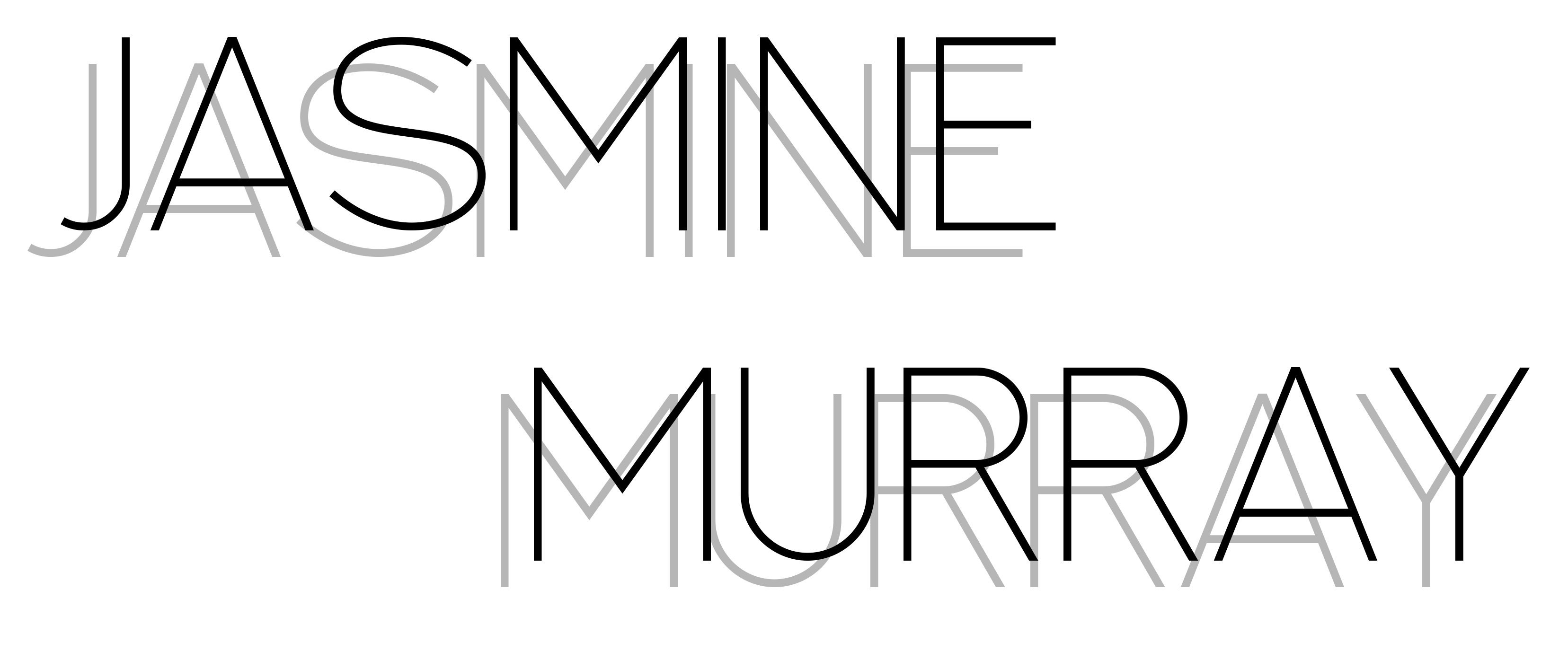As I’m unable to go to the F2F (Falmouth Face to Face) this week, I thought I would get round to writing up about what I’ve been reading and how this is influencing my current work in progress.
“The social photo is often viewed through the grid, stream, or story to be finger-scrolled, swiped, and tapped. The images in their proliferation and rapidity create and emergent stream in aggregate, and for the person doing the swiping, there is a more panoramic view of social life, akin to the montaged scenery from the train window.”
Jurgenson, N. (2019; 32)
Whilst I finished reading Jurgenson during my last module, I have found myself referencing and re-reading sections that I now feel to be more relevant to my practice than they were at the time I first read them. Jurgenson’s comments that images are a transient ever changing scenery montaged, aligns with the outcomes I have been producing for my current work in progress an Authentic Lie? (as seen in Week 6’s post) which features glitched landscapes as though they have been captured in a montaged state resulting in an almost uncanny familiarity of location, a sense you have seen the landscape before.
Another key book I find myself referencing and re-reading sections of has been Charlotte Cotton’s Public, Private, Secret: On Photography and the Configuration of Self (2018), in particular Daniel Rubinstein’s Keeping up with the Cartesians: on the cultural of the selfie with continual reference to Kim Kardashian. For this module I have found the following passage:”When dreams and fantasies are made of pixels and controlled by algorithms it might be time to ask what new forms of fight, creativity, and resistance are called for.” (Rubinstein, D. 2018; 68) to resonate with my intentions of questioning reality, when it’s something only viewed as pixels, in my current work in progress.
Lastly for this module, in particular I have found reading Zylinska’s book on Nonhuman Photography (2017) insightful, I found point one particularly relevant to my own practice in that I resolve to create images that are uncanny:
“The notion of “nonhuman photography” proposed here encapsulates three different yet interconnected conceptual planes:
(1) the rather frequently encountered yet often uncanny-looking photographs that are not of the human (depopulated expansive landscapes, say);
(2) photographs that are not by the human (contemporary high-tech images produced by traffic control cameras, microphotography, and Google Street View, but also outcomes of deep-time “impressioning” processes, such as fossils);
(3) photographs that are not for the human (from QR codes and other algorithmic modes of machine communication that rely on photographic technology through to perhaps still rather cryptic-sounding photography “after the human”).”
Zylinska, J. (2017; 5)
Zylinska hypothesizes that amateur use of images on social media uses a broad documentary approach, and this is highlighted as a narrow scope of subjects and viewpoints through the use of filters “…which have all been preprogrammed and preseen by the camera’s and editing software’s algorithms. The images on Flickr, a platform with arguably more creative ambitions for the medium and its audience, as demonstrated by a quick look at the “recent photos” on any given day, also tend to fall into one of several preestabilished and hence visually legitimated representational categories, such as portraiture, landscape, or still life.” (Zylinska, J. 2017; 25). This resonates very much with my overall practice of social commentary around social media, the fact images created by and large today become formulaic and cliché, repetitively photographed over and over that it becomes a blur of montaged pixels…
References
Bibliography
Murray, J. (2020) Week 6: A Sea of Images – WIP an Authentic Lie? [Online] Available from: https://jasmphotography.wordpress.com/2020/03/04/week-6-a-sea-of-images-2/ [Accessed 09/03/2020]
Jurgenson, N. (2019) The Social Photo: On Photography and Social Media, pg 32. London; Verso.
Rubinstein, D. (2018) Essay: Keeping up with the Cartesians: on the culture of the selfie with continual reference to Kim Kardashian. pg 68. [in] Cotton, C. (2018) Public, Private, Secret: On Photography and the Configuration of Self. Aperture; ICP.
Zylinska, J. (2017) Nonhuman Photography: ‘Introduction: Capturing the End of the World.’ pg 5. Cambridge, MA; The MIT Press.
